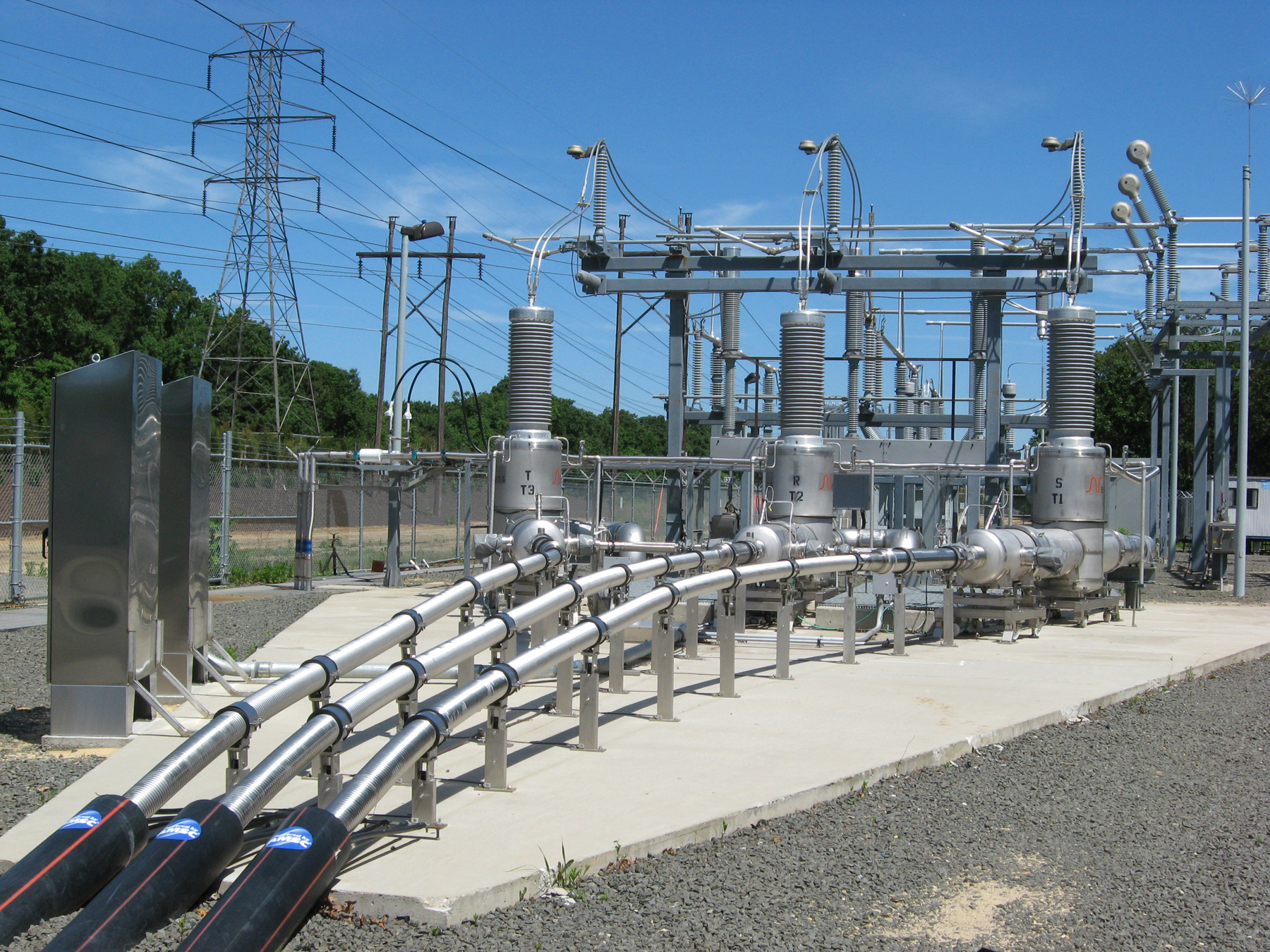The U.S. Environmental Protection Agency’s (EPA’s) plan to regulate carbon emissions is just the latest challenge facing the U.S. electric power system. Technological innovation is disrupting old ways of doing business and accelerating grid modernization. Last year, AEE released Advanced Energy Technologies for Greenhouse Gas Reduction, a report detailing the use, application, and benefits of 40 specific advanced energy technologies and services. This post is one in a series drawn from the technology profiles within that report.

Superconductivity is a property of some materials whereby electrical resistance, which normally decreases gradually with decreasing temperature, suddenly drops to zero below a critical temperature. Advances in materials have created high-temperature superconductors (HTS), whose relatively “warm” critical temperatures of -315° to -230°F allow for the use of less expensive and easier to handle refrigerants such as liquid nitrogen. HTS transmission passes electricity through a cable that is insulated with high-pressure liquid nitrogen pumped by refrigeration equipment. The insulation allows HTS transmission to carry 10 times the power of a standard cable of similar thickness with almost no power losses. These lines can connect directly to the existing AC transmission network to add highly efficient transmission capacity that can relieve congestion without the need for high voltages.Commercial applications of HTS for transmission are beginning to unfold. Several utilities have begun to use HTS transmission for projects in urban areas that do not have space for large transmission towers or extra transformer equipment. For example, the Long Island Power Authority (LIPA), using technology from American Superconductor and Nexans, installed a superconducting AC transmission cable with 574 MW of capacity in a right-of-way only one meter wide. Because of the high energy density of the cables, LIPA was able to substantially increase transmission capacity while utilizing existing underground utility conduits.
The ability of HTS to relieve transmission bottlenecks allows for more efficient operation of the transmission network as well as allowing for more efficient generator dispatch, which can help lower emissions and reduce transmission energy losses. In addition, HTS transmission avoids most of the siting challenges that affect traditional transmission projects. Because HTS lines do not emit or receive interference, placing transmission lines in close proximity to each other does not hinder their operation or subject nearby objects to electromagnetic fields. This allows for the use of much narrower rights-of-way, and for HTS cables to be packed tightly underground, reducing land requirements and enabling the siting of lines where it would otherwise be difficult or impossible.
